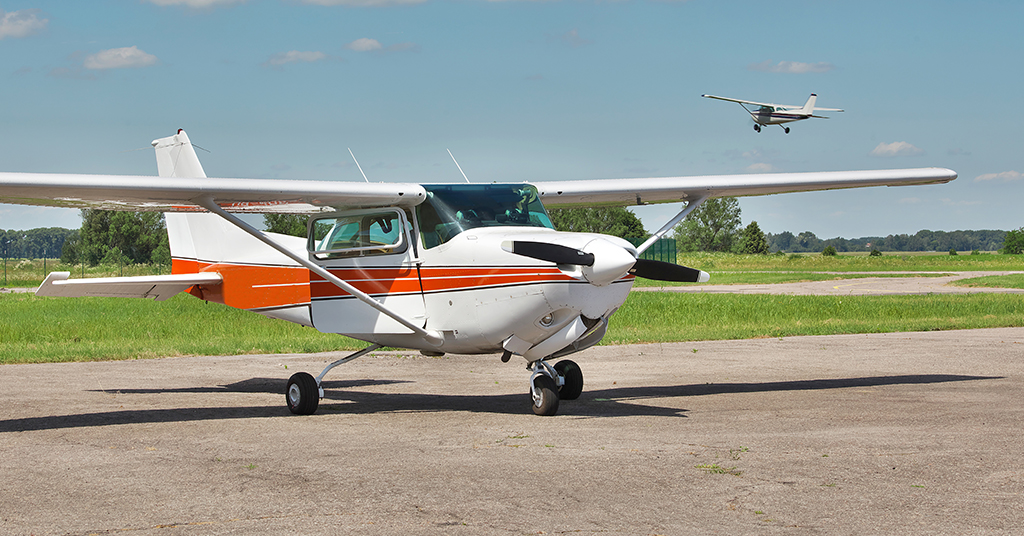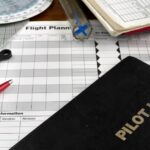Are you a new pilot thinking about purchasing your first airplane? Or maybe you’re looking for a time builder that will allow you to build the hours needed to get your commercial pilot license. Perhaps you’re looking to make your business travel more efficient, or maybe you just want to fly for fun and can’t justify the increasing aircraft rental rates.
While the prices of used GA aircraft have skyrocketed over the past few years, there are still many 1970’s and 1980’s aircraft priced close to what a new car is going for these days. Many of these aircraft are a great value, but owning an aircraft is very different than a car. When purchasing an older used aircraft, the operating cost can quickly exceed the initial purchase price. Fortunately, if you are mechanically inclined, the FAR’s have been written to help you offset some of the cost associated with owning an aircraft by allowing you to pay with some good oldfashioned “sweat equity.”
Insurance, fuel, pre-purchase inspections, and down payments are some of the most obvious initial expenses that come to mind, but not everyone understands the commitment associated with owning an aircraft. There is a lot more than just oil changes and filling it up with gas when you’re ready to go somewhere like you do with a car. You will need to become familiar with the maintenance related to your aircraft such as pitot/static and transponder tests, AD’s, service bulletins, annual inspections, manufacturers’ life-limited components, as well as the recurring schedules on which they are all due.
Did you know that the responsibility of determining the airworthiness of an aircraft ultimately falls on you, the owner/operator of the aircraft? When the FAA starts asking questions, don’t be that pilot who gives a blank stare and the response “I don’t know, my mechanic takes care of that …” Knowing your equipment is an important part of being a pilot, and obvious safety concerns aside, it will be you that the FAA takes action against if your aircraft is operated when unairworthy, not your mechanic.
A mechanic’s time and expertise comes at a cost. Sure, you can find decent vintage airplanes out there for $30,000 – $40,000, but if you don’t have a thorough aircraft inspection and review of the maintenance logbooks done during the pre-purchase phase, then you could be grounded and spending a lot more than you expect. Your purchase price can quickly double after a thorough annual, engine change and a couple instrument overhauls.
One of the most important things an owner can do to reduce maintenance costs is to fly the aircraft regularly. In the long run, inactivity causes maintenance costs to go up, mainly because it increases the likelihood of engine rust, and because the seals in assemblies such as shock struts, brakes and fuel selector valves are more apt to need replacing.
One way to get more out of your flying budget is to get involved in hands-on airplane maintenance. Federal Aviation Regulations (FAR) permit owners to perform and sign off a number of preventive maintenance (PM) tasks on their own aircraft. Preventive maintenance includes changing the engine oil and filter, changing landing-gear tires, greasing wheel bearings, changing landing light bulbs and navigation light bulbs, and lubricating the airframe. Less obvious preventative maintenance tasks include changing side windows, servicing landing gear shock struts with oil, air, or both, making
simple fabric repairs, patching fairings, cowlings and cover plates, and repairing landing-light and navigation-light wiring.
Today’s digital avionics systems store catalogs of navigation and communication data that IFR pilots must update every 28 days. Preventive maintenance rules allow owners to update these databases. Updating databases can save owners hundreds of dollars each year in labor, and you will no longer have to spend time and money moving the airplane to and from an avionics shop for the update service.
Learning how to perform even some of the 32 preventive maintenance tasks listed in Appendix A of FAR Part 43 does add to the challenge of aircraft ownership, but not without substantial rewards. It’s important to find a competent, understanding, and patient A&P to teach you the skills needed to become a mechanically involved airplane owner.










